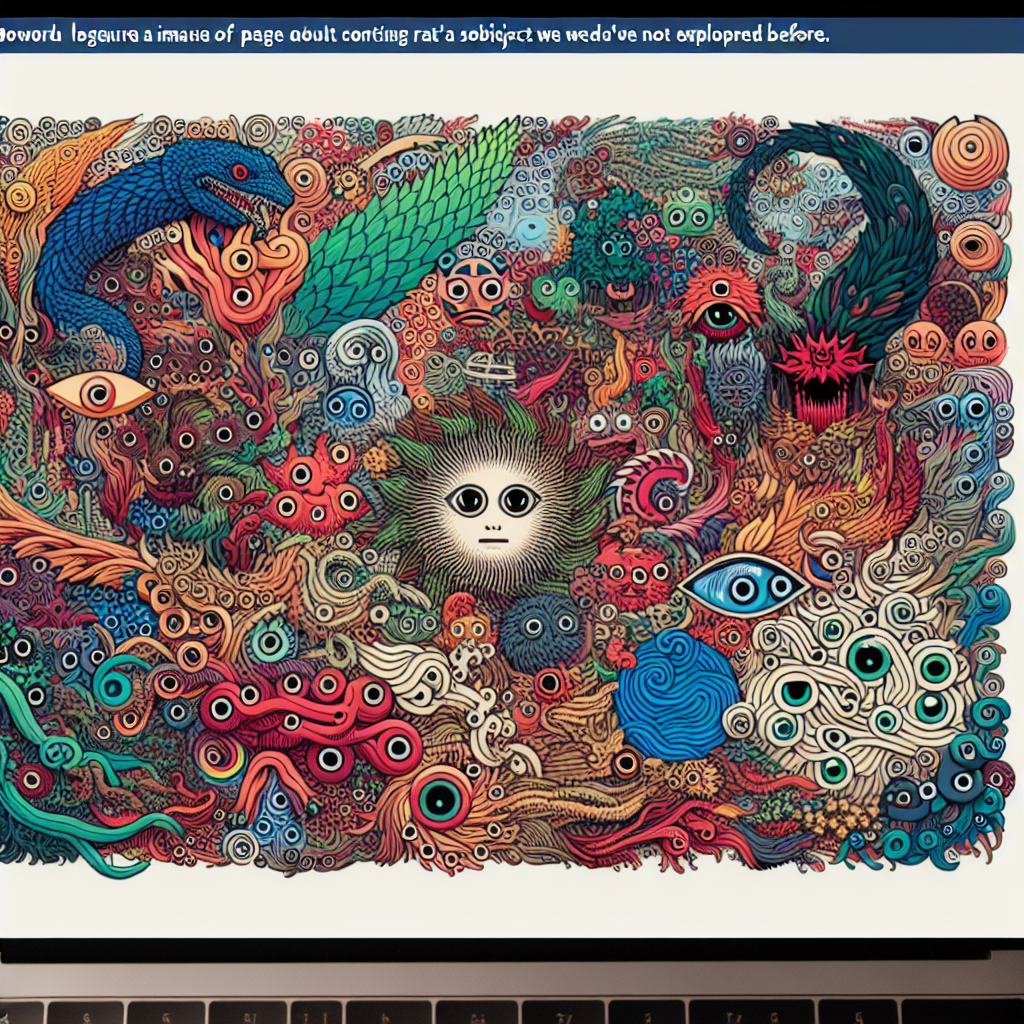With the sizing down to the smallest level, we are transcending into the fascinating world of microbiology. Yet, these minuscule elements play gigantic roles in various aspects of life as we know it.
The scientific study of these microscopic organisms, collectively labelled as Microbes, has brought about unprecedented advancements in medical, agricultural and environmental sectors. Their ubiquity is awe-inspiring. They thrive everywhere, even in the most extreme conditions such as high acidity, freezing cold or scorching heat.
At the medical forefront, the microscopic kingpin is bacteria. Some strains are harmful, causing diseases like tuberculosis or cholera. However, it’s not correct to label all bacteria as detrimental. Many are beneficial. They play an instrumental role in processes like digestion and decomposition.
Continuing this exploration, we stumble across keystone species like protozoa, algae, fungi, and viruses. In simple terms, protozoa are one-celled animals found in water bodies and humid soil. They carry out crucial roles in food chains and nutrient cycling.
Algae are unique as they bridge the gap between microscopic life and visible flora. They are photosynthetic and form substantial components of numerous ecosystems. One cannot simply ignore their extraordinary role in oxygen production and biomass provision.
The fungi, most familiar to us as mushrooms, are another mysterious and vital part of the microworld. They are the primary decomposers in many ecosystems, breaking down organic matter and cycling nutrients. Subtle varieties of fungi, i.e., yeasts, have significant contributions in food industries and in brewing your favourite beer!
If we talk about viruses, they are not exactly living beings but genetic materials wrapped in protein coats. Yet, they have major impacts on the world, as evident from the current COVID-19 pandemic. But again, not all viruses are harmful. Some are vital in biotechnology and genetic engineering.
Essentially, the invisible microworld is teeming with intriguing life forms that silently orchestrate life on Earth. Every speck of dust, droplet of water and whiff of air carries a hidden microbiological cosmos. Discovering and understanding microscopic life calls for a blend of curiosity and scientific rigour, ultimately leading us to acknowledge and appreciate life’s microscopic wonders.
Title: Revolutionary Pocket-Sized Music: The MP3 Evolution
In today’s era of Spotify and Apple Music, it’s easy to overlook the roots of digital music transformation. It all started with the advent of the MP3.
The journey of music from records, cassettes, and CDs to compact digital files that fit in our pockets is truly revolutionary. MP3, short for MPEG-1 Audio Layer III, was a game-changer in how we consumed music, redefining ease, convenience, and portability.
Before MP3, music was stored as uncompressed wave files, taking up a considerable chunk of storage space. The genius behind MP3 was the unique technique of “lossy” data compression. It trimmed the parts of the audio frequency humans barely sensed, hence considerably reducing the file size without a notable loss in quality.
The rise of MP3 occurred in sync with the internet surge. Suddenly, we had the means to download, share, and stream music digitally. It’s hard to forget programs like Napster or LimeWire, which embedded peer-to-peer music sharing into youth culture of the late ’90s and early 2000s.
Moreover, MP3 players, notably the iPod, infused a lifestyle shift. Music became intensely personal, as playlists morphed into personal soundtracks carried around in pockets.
However, MP3’s prominence gradually diminished with the arrival of advanced lossless codecs like FLAC and ALAC; and music streaming services that provide on-demand music without any storage hassle. Yet, MP3 format still has representation, primarily due to its universal compatibility.
The MP3 evolution exemplifies how technology changes our daily life, rhythm, and habits. It’s much more than just a file format; it’s a digital revolution that defined a generation.

Extraordinary Universe of Microscopic Wonders: The Microworld
Posted
in
by
Tags:
Leave a Reply